FORGIVE ME FATHER, BUT IT WAS WORTH IT …
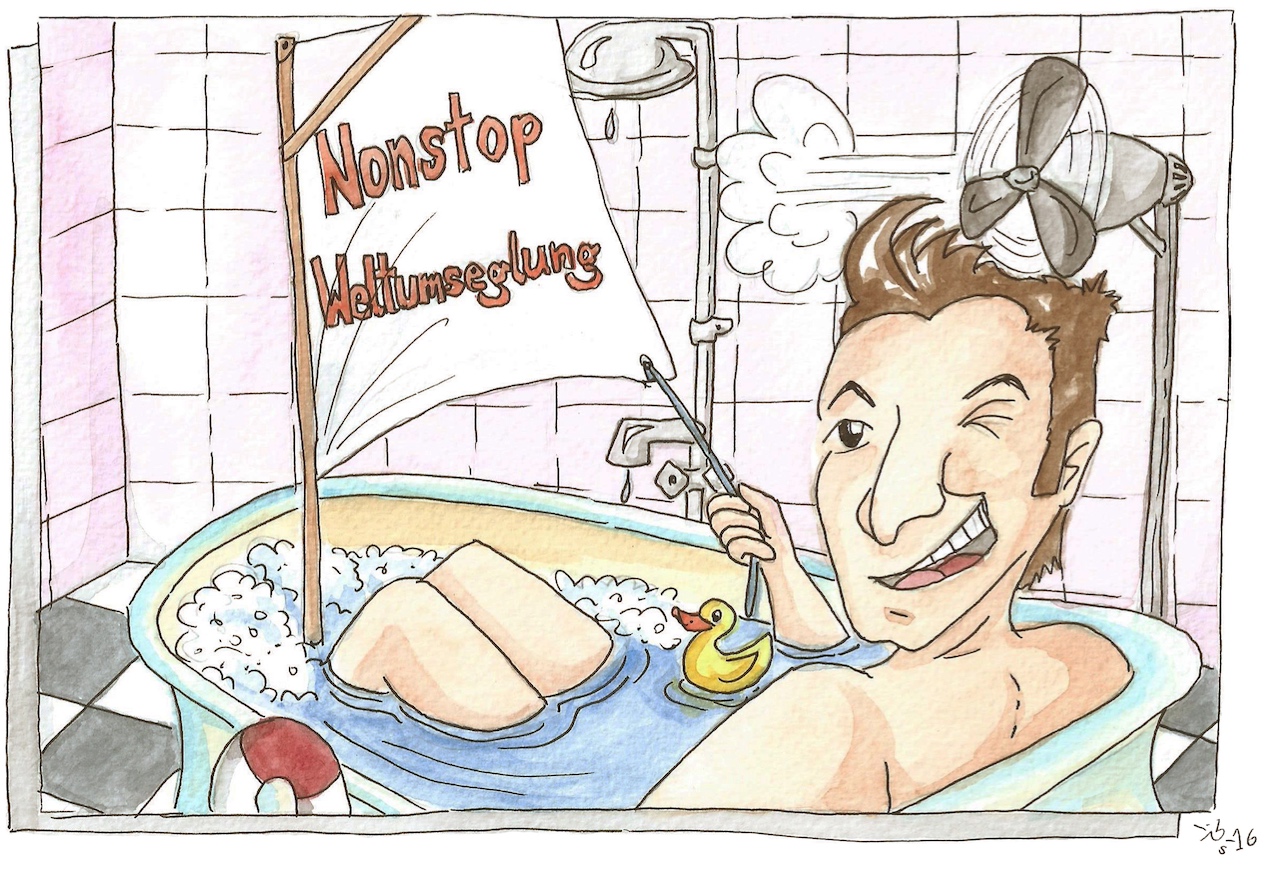
I confess that I have sinned, for I have transgressed against my own personal rules of the game. I have engaged in sponsoring, ventured into territory in which the laws of cause and effect all too easily (all too unthinkingly?) give way to personal interests and in which fairness can soon be lost as collateral damage, especially when a media bow-wave (a sizeable ripple at least) helps to enlarge the gap to reality. I should have known better, an indubitable fact of which I was reminded just a few days on from the start in Les Sables.
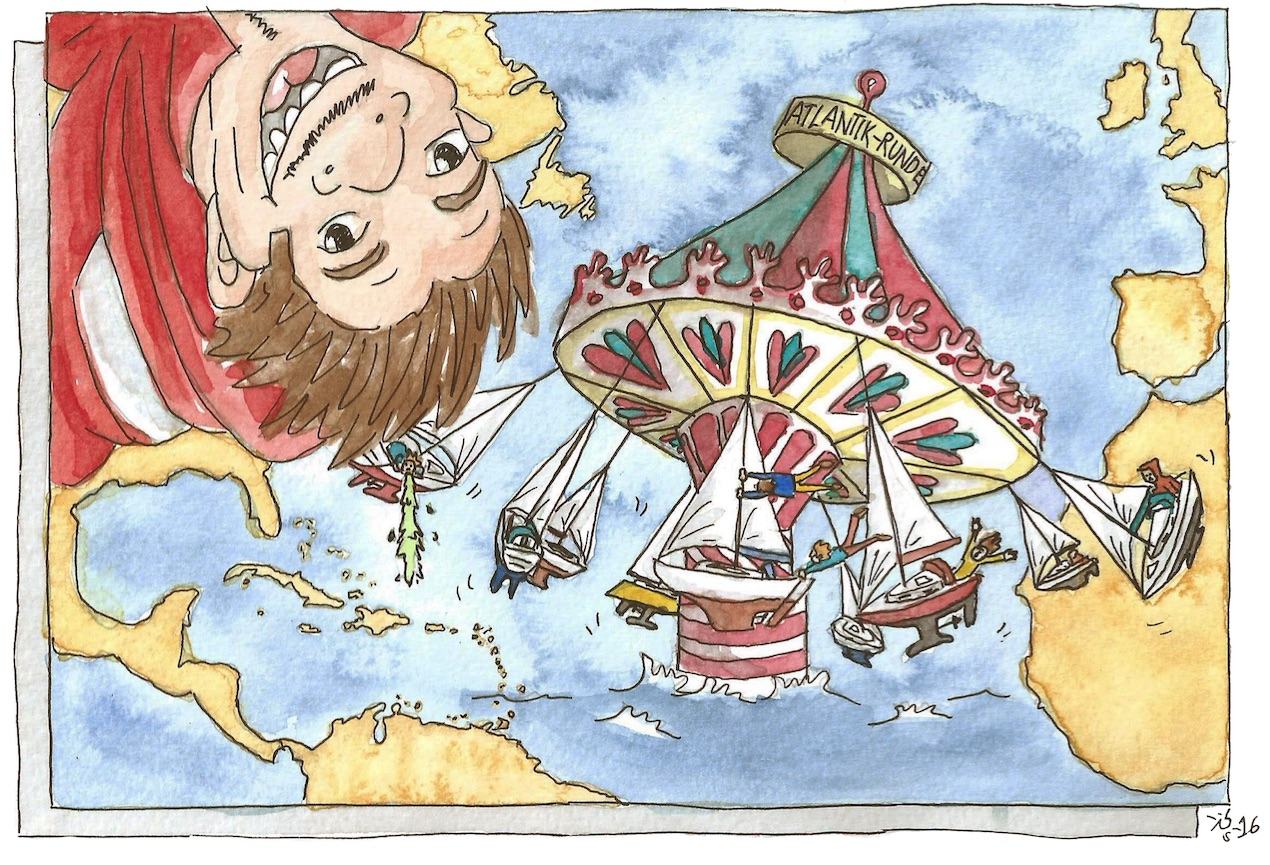
Of all the different items of equipment people acquire to fit out a boat for long-distance sailing, few can hold a candle to windvane self-steering systems when it comes to finding a scapegoat. Lacking confidence? Missing home? Adventure not living up to expectations? Consequences of oversights in preparation or planning coming home to roost? Whatever the root cause of the problem, if it involves any measure of blame, it appears that blame can comfortably be palmed off on the silent steering slave at the back. Insinuations quickly take on a life of their own in this context, with the mere mention of self-steering difficulties sufficient to set heads nodding and avoid the need for more detailed explanation. I, however, think the details deserve to be heard and illuminated, which is how I come to find myself in front of the keyboard once again.
I published some views on the GGR organiser’s blending of windvane politics and sponsorship last year.
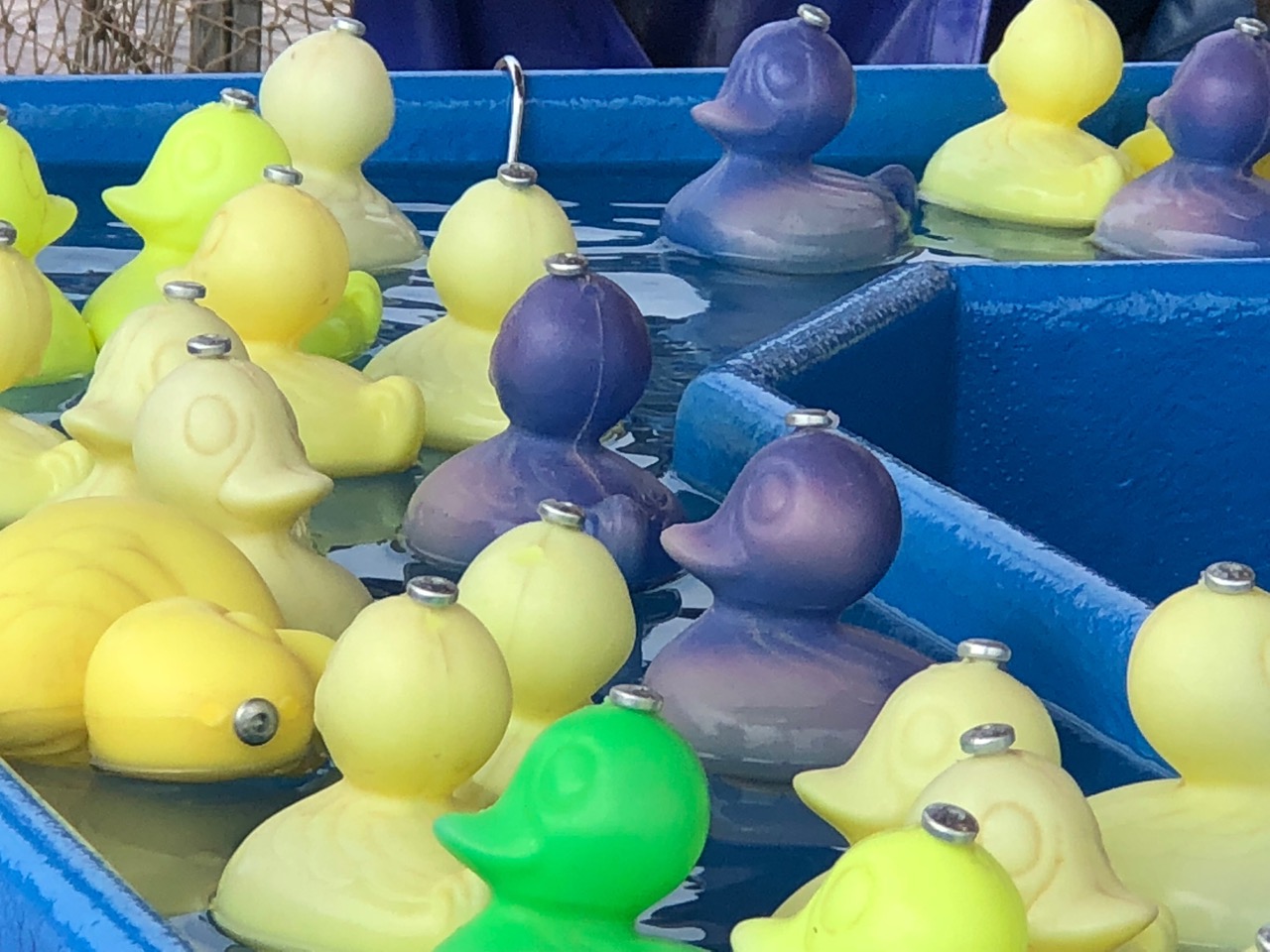
UPROAR IN THE HEN HOUSE
Nothing has happened over the intervening months to reduce my astonishment in any way; indeed the organiser’s response to my personal reflections on the GGR delivered yet another layer of surprise. I dared to lay bare – yes, even to question – the marketing concept of a competitor that hoped, by paying an as-yet undisclosed sum to the organiser, to gain some form of competitive advantage (it of course being no more than a coincidence that the said organiser anyway gives the impression of being quite convinced the brand concerned remains among the best in the world). Make of this what you will.
I decided to play a straight bat and take up the opportunity on offer to shake up the situation a little in windvane politics. There were good grounds, I felt, to forgive myself for the sin (against my prior principles) I was about to commit. I was in contact with a number of GGR sailors over a period of several months, discussed options and went through the relevant facts. It was a small world in which I felt rather like a fish in a shark tank. We are talking, after all, about a global niche business about as far removed as it is possible to be from the splendid sponsorship budgets of the giant insurance, construction, logistics and other companies otherwise unconnected with sailing (DHL could always expedite new kit for Susie to a useful port but she would of course be disqualified for touching it…) that have chosen to tie their brands up with (the media coverage attracted by) our sport.
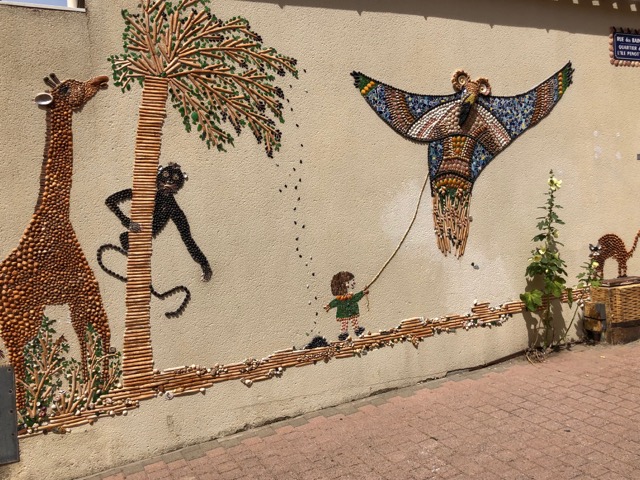
THE DEAL – THEORY AND PRACTICE
It didn’t take an accountant to work out that the revenues on offer had the GGR reached a fleet of 30 as originally hoped for would have been most attractive. Discounts for the sailors plus an indemnity for the organiser in exchange for preferential treatment in a free trade zone and fair winds in terms of promotion by the organiser could have developed into a win-win situation for both (with the bill borne by the GGR competitors).

My reservations about this delicate liaison are already on record. One particular concern I had was the awkward hurdle awaiting sailors who chose not to look beyond the event sponsor when choosing their self-steering, namely the requirement to carry an emergency rudder. Was this another nudge, another subtle signpost of the “right” direction? Or am I imagining things?
The organiser’s recent statement to the effect that all of the Hydrovane users paid for their system whereas all of the Windpilot sailors were sponsored could be taken as an endorsement – or as confirmation of my suppositions. I should point out, in the interests of accuracy, that in fact all but one of the Windpilot sailors paid for their SOS emergency rudder unit.
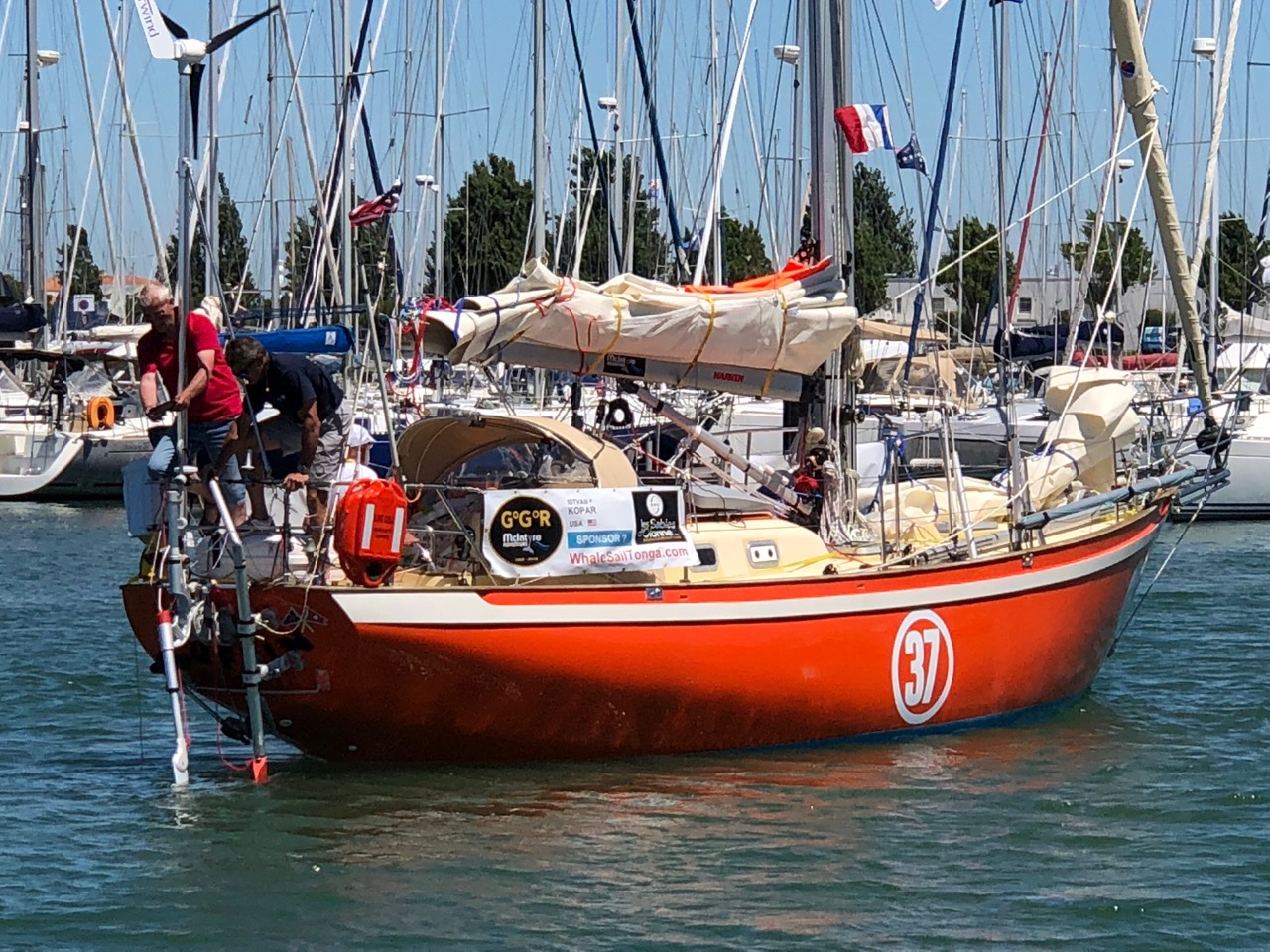
One sailor never hesitated to detail the financial gauntlet he was running to participate in the GGR and I eventually succumbed to my humane side and excused him from settling his SOS Rudder invoice. His gratitude proved curiously short-lived: a mere four days into the race proper he used the opportunity of a podcast to complain about problems with his self-steering and by the time he was abeam of Lanzarote, this criticism had evolved into some pretty scathing remarks that were picked up and reported in the media – remarks that could have done meaningful damage to my brand if taken at face value. The whole business had moved well into the realms of fantasy by Mindelo, at which point I had no option but to put the whole back story in the public domain.
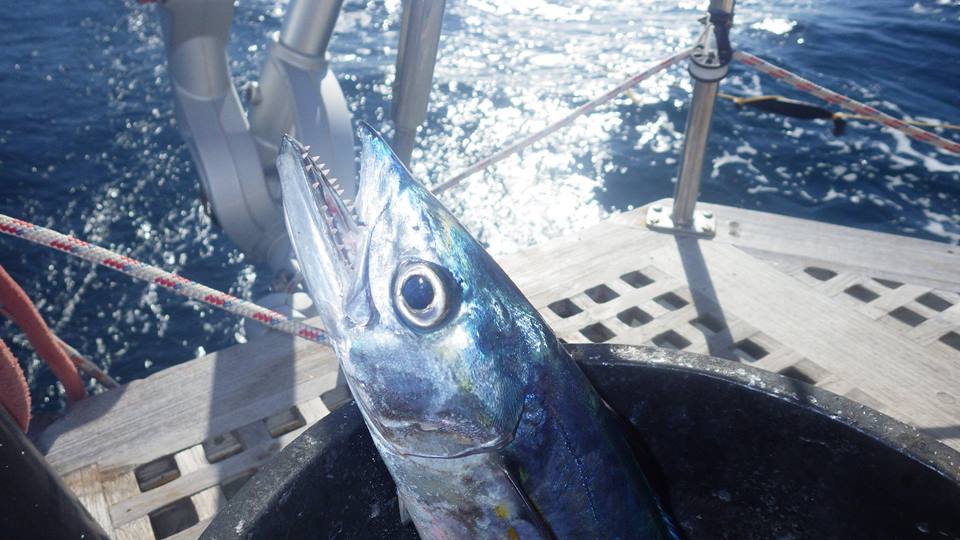
A BLUEWATER TURKEY SHOOT
My decision to supply my windvane self-steering system free of charge to five of the skippers may well have mildly disrupted the turkey shoot my competitor and the organiser were planning, but their loss is the competitors gain, so I’m not sure I really have anything for which to apologise (and bear in mind that in the interests of fairness, I made sure none of the skippers using a Windpilot knew he was going to receive one free of charge until it was clear to me that he intended to buy one).
The way I see it, I rendered the Windpilot-crewed sailors a service by providing them with a steering slave and actively helping with their preparations in the days leading up to the start to give them the best chance I could of a successful outcome to the great circumnavigation adventure. Loaning each of them a complete replacement system plus spare parts was simply an expression of my respect for the courage of intrepid adventurers with the strength and composure to take on a truly exceptional challenge.
I honestly thought a measure of appreciation in return would be a self-evident response (and that’s putting it mildly). Balance is everything in a good deal: both sides must be prepared to work for their mutual benefit even if one stands mostly to gain upfront and the other has to wait for its rewards. Or so I thought. Events soon reminded me that not everyone shares my idealistic outlook.
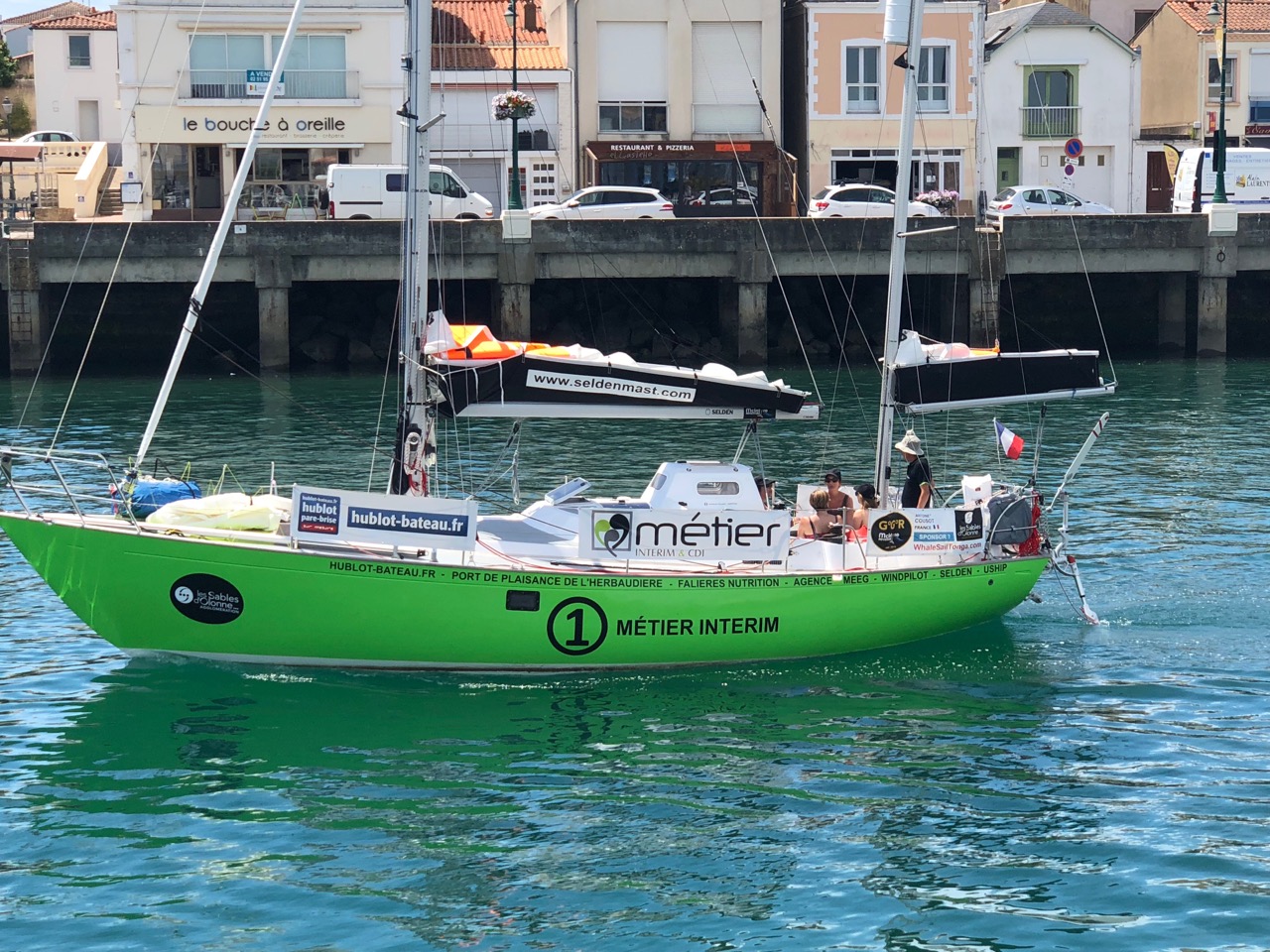
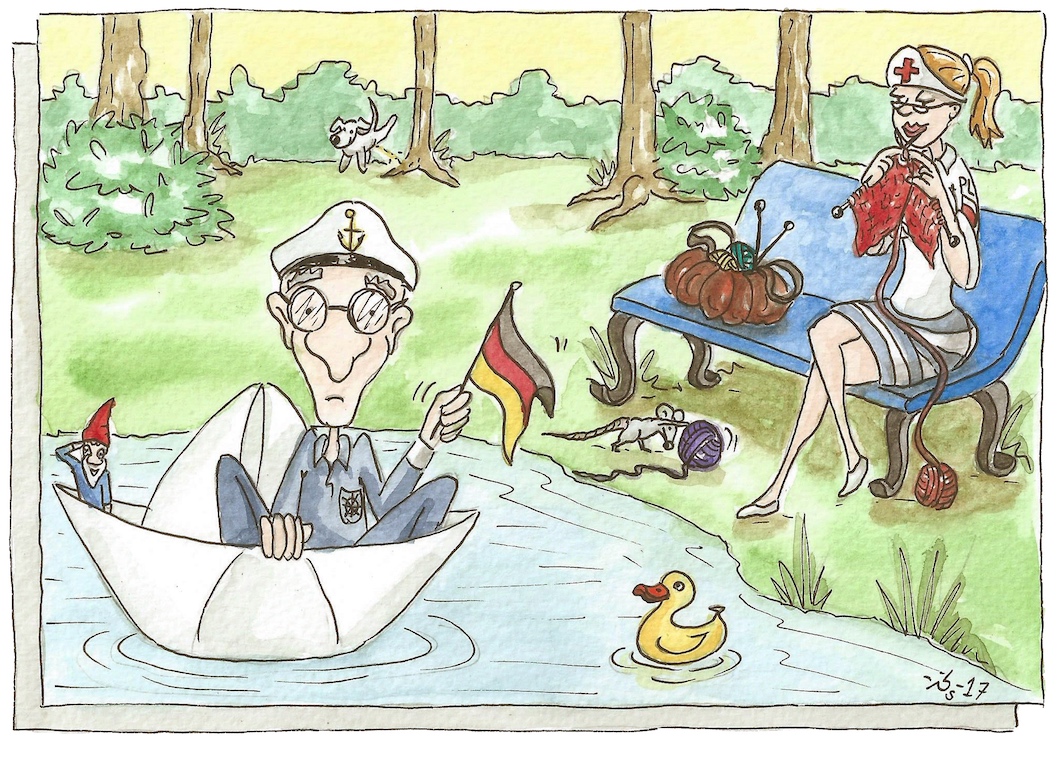
You see, I had this idea that material support and services rendered in person added up to a pretty decent effort on my part, but I see now that that should only have been the start: how negligent of me not to have chartered an offshore helicopter, ready to skim the whitecaps in a nanny’s uniform explaining the principles of good trim and the importance of making sure nuts and bolts don’t work loose over time. But then again…
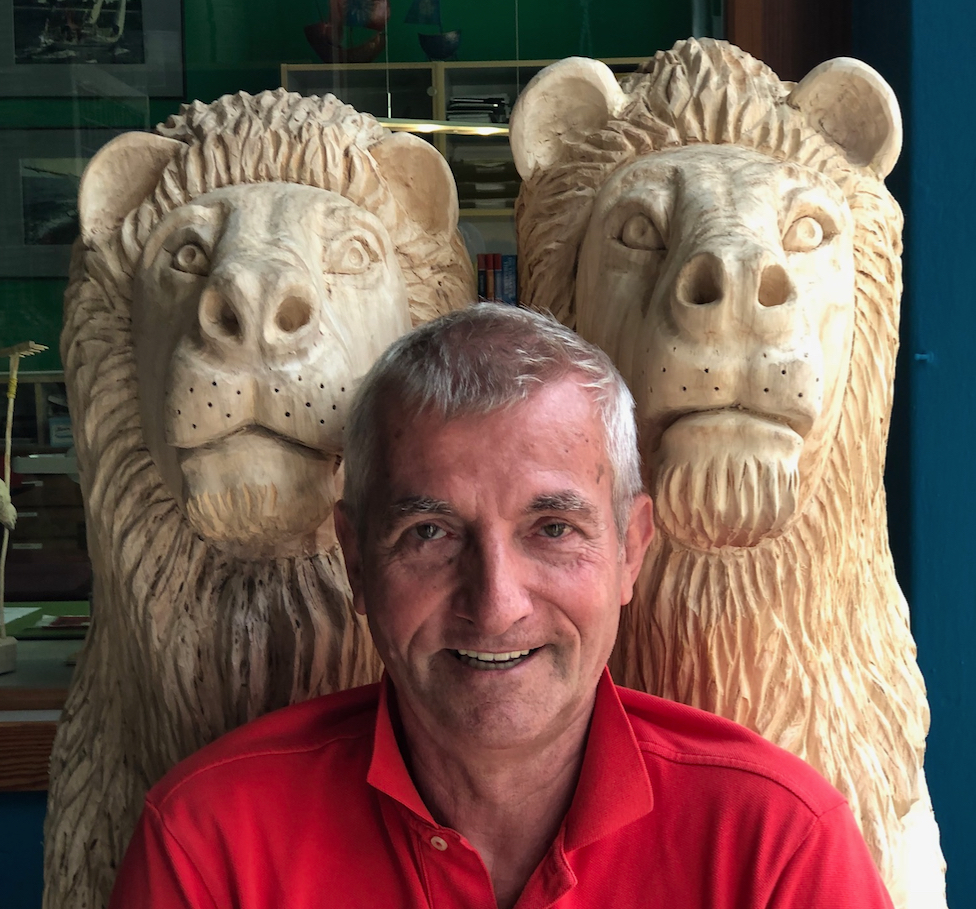
LES SABLES – INTO THE LION´S DEN
My dealings with the man behind the GGR 2018 have been anything but dull. I went to Les Sables prepared for a hostile welcome (I’ve had a few over my decades in the self-steering business). And I was taken aback by what I witnessed there, both at the time and looking back at events through the prism of what has happened since the race started. I could have thrown my toys out of the pram (rather unbecoming for a nanny), but I preferred to keep it calm and follow a more constructive path.

I accept that I had been a naughty boy, frustrating the pretty plans of the organiser and my competitor and daring to shine a light on the subject and explain my reservations. Obviously I knew that this would have consequences. But does that mean I should never have followed up this (golden) opportunity at all? The facts on the water (as of the 20th August 2018) are informative: 2 Aries, 2 Beaufort, 4 Hydrovane, 3 Monitor, 5 Windpilot (Uku has a Hydrovane and a Monitor peacefully sharing his transom). Surely, I thought, it was perfectly reasonable for me to head down to Les Sables and, while there, offer a friendly hello to Sarah and Will Curry of Hydrovane and GGR organiser Don McIntyre?
My professional life has taught me to keep my cool all the time, even in the face of imitators and intrigue (after all, who knows what unfathomable thoughts lurk behind the warm grin and jovial expression, what frothing rage waits to burst forth when the moment is right – the ‘right’ moment usually being one avoids the need to express things face to face). I have had some difficult lessons about human nature (the difficult nature of some humans?) thrust upon me but have managed to retain my good humour and ability to enjoy life by organising my thoughts enough to put them down on paper (and more recently, up on screen).
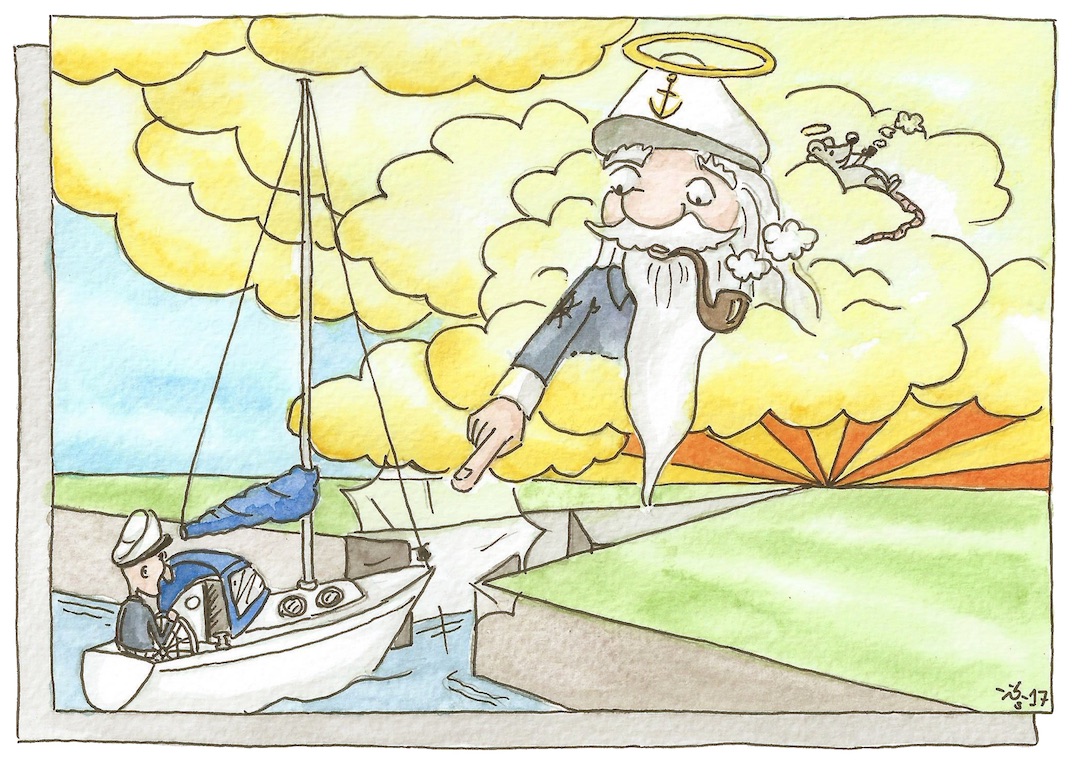
WELCOME TO THE GGR SHOW, IMPRESARIO MR. D McIntyre
Don McIntyre is an iron-willed man of remarkable capabilities. He combines boundless enthusiasm for his work and extensive expertise and experience in all things nautical with a genial manner that not only lends itself very well to networking and marketing, but also enables him to captivate an audience – be it from his armchair or standing by the waterside – and explain the world as he sees it in a way few can match. Quite simply, there would be no GGR 2018 without his efforts and I have great respect for what he has achieved.
Don’s approach to windvane politics may be small beer in the grand scheme of all this but I, of course, cannot help but notice these things and I must admit I would have liked – and would like – to see him show rather more professionalism (by which I think I mean even-handedness) when discussing the subject. A less partial stance would also, I suggest, be more becoming for an event organiser (and it would negate the tricky problem of how, having once taken sides, to keep the narrative going for a knowledgeable audience when developments out there in the real word refuse to fall into line).
As I have mentioned, I realised that my actions may have ruffled some feathers at GGR HQ and I realised that this might have consequences. What I hadn’t really considered was that those consequences might unfold with cameras looking on or in front of an audience on the dockside. I suppose I had imagined something more along the lines of a lively tête-a-tête to clear the air. What came my way instead was a demand that I remove the Windpilot logo from participants’ windvanes. Just because a sponsor didn’t like it?
The rule requiring us to submit video evidence of the SOS emergency rudder in action to the organiser as a precondition for obtaining a green card (clearance to start the race) looks slightly questionable now too given that other competitors seem to have been allowed to race without any such requirement. Where was Philippe Péché’s effective emergency steering solution when his tiller snapped in the middle of the South Atlantic?
And then there is the “problems with Windpilot systems” line that keeps being trotted out unquestioningly for the media. The background to these supposed problems has already been explained but still the insinuations continue. That blithely disseminating vague negative statements of this type can be damaging to a brand must be obvious, so what good reason can there be to persist in doing so?
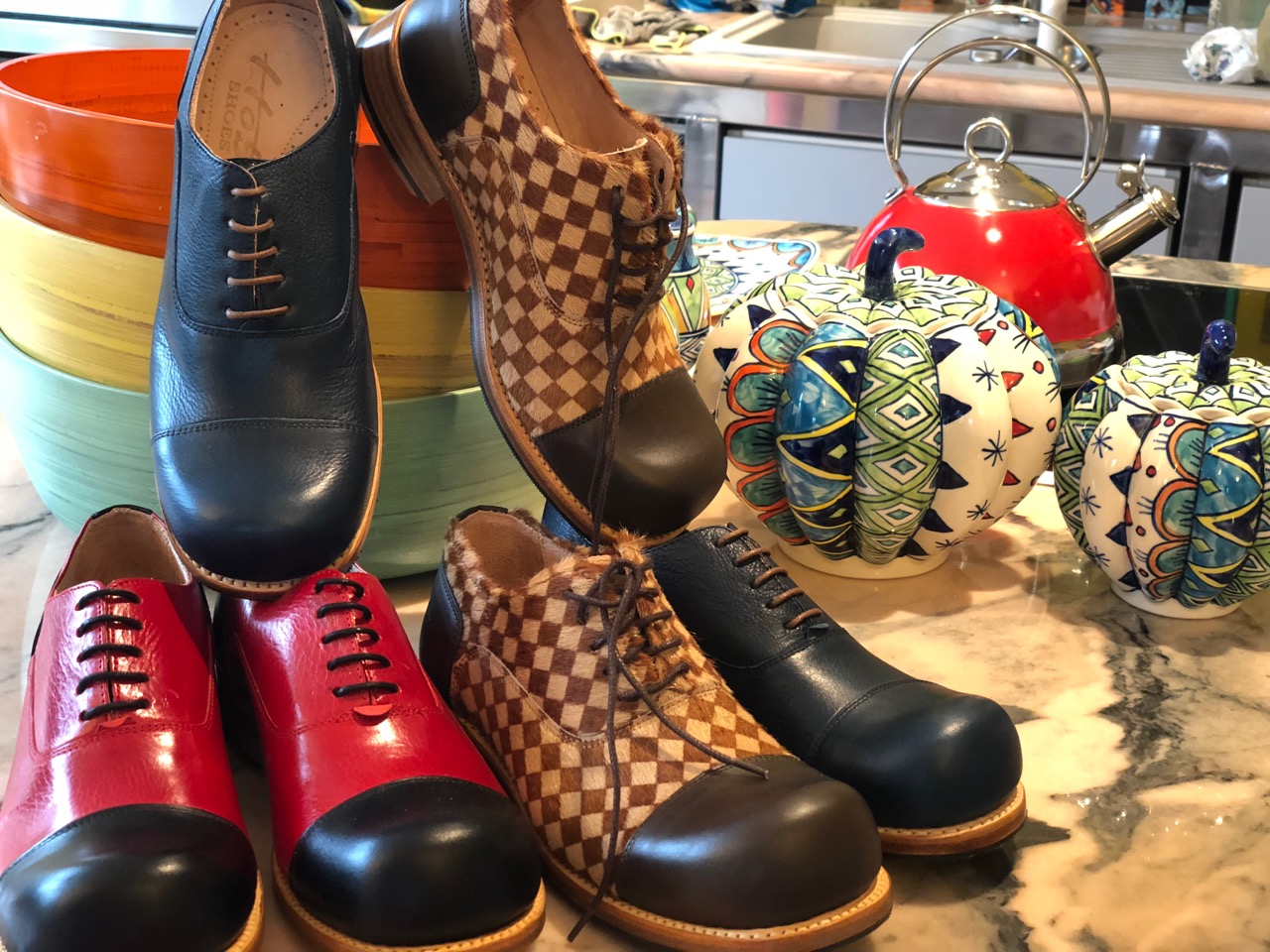
FLIP- FLOP – WINDVANES EXPLAINED. A BIT.
An early highlight of the GGR output came with the organiser’sVideo post all about windvane self-steering, which was intended to help race followers unfamiliar with the technology understand why windvanes had suddenly become so prominent in news from the boats. The presenter proved to be no expert in the finer aspects of the subject, but the clip was nevertheless very well received by viewers (which possibly reveals something about who watches this sort of video – FB is not always the ideal medium for discussing complex topics, as the nature of the comments underlines).
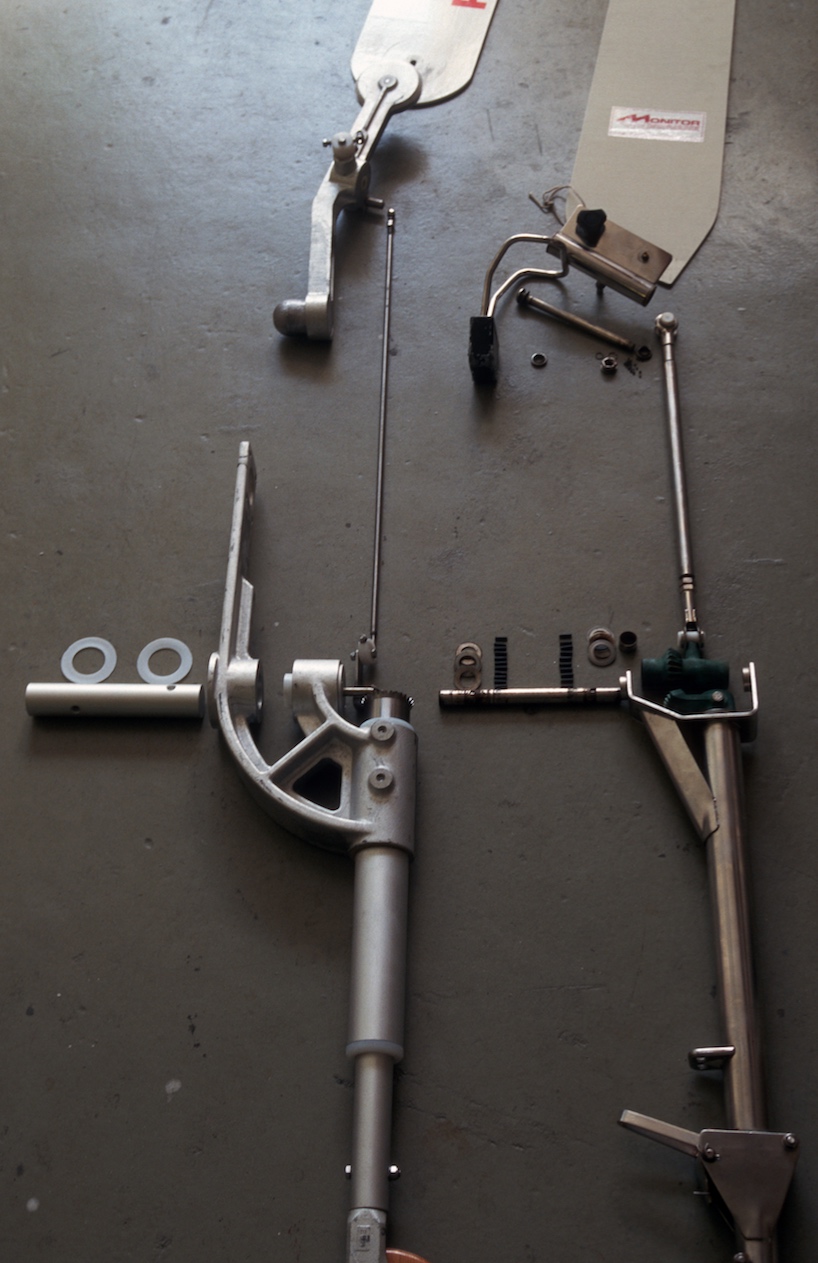
For me, watching the video was like going back in time (provided, that is, we are prepared to admit – all protestations to the contrary notwithstanding – that our eyes do not deceive us and the world has actually moved on over the last two decades).
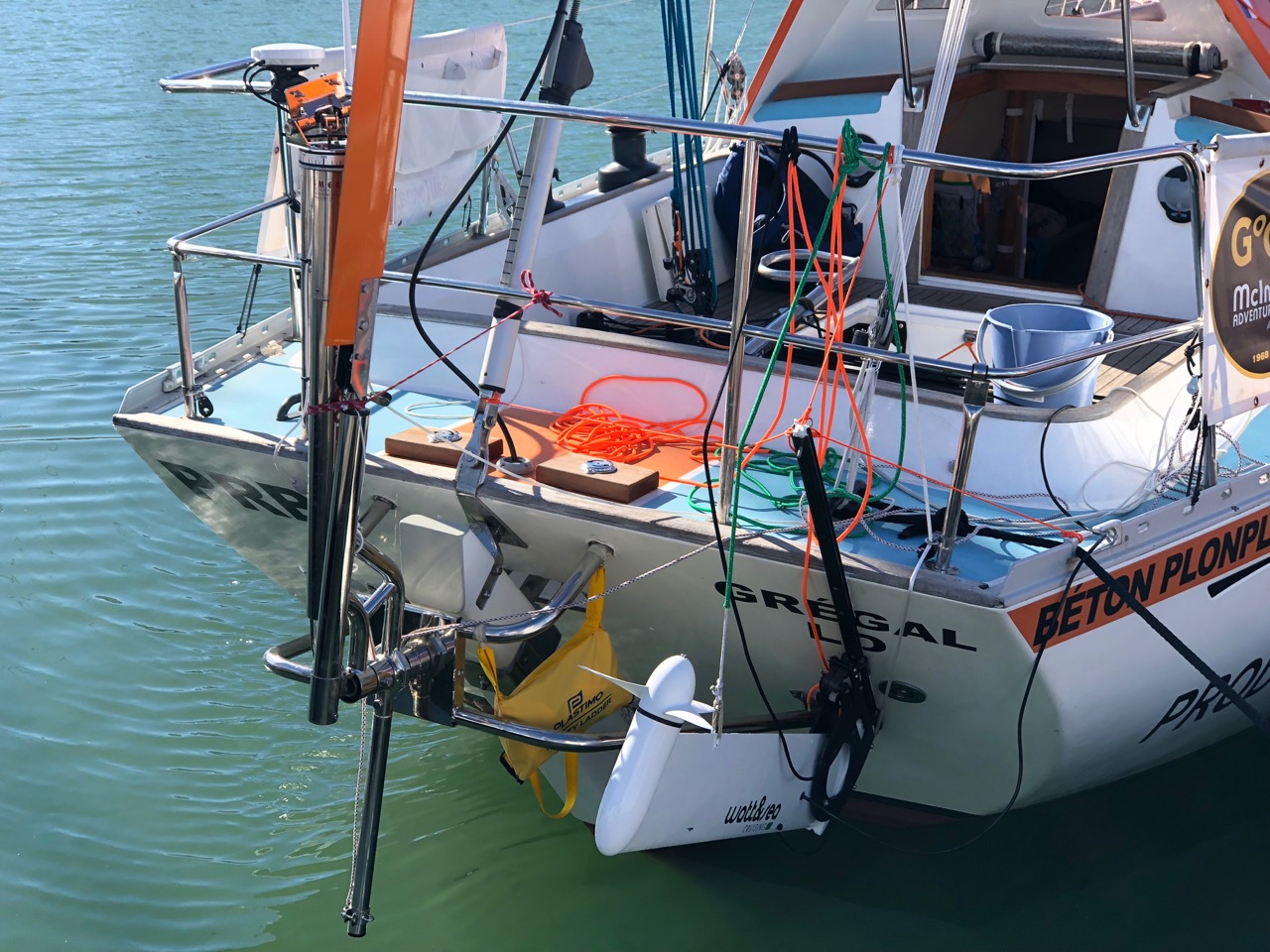
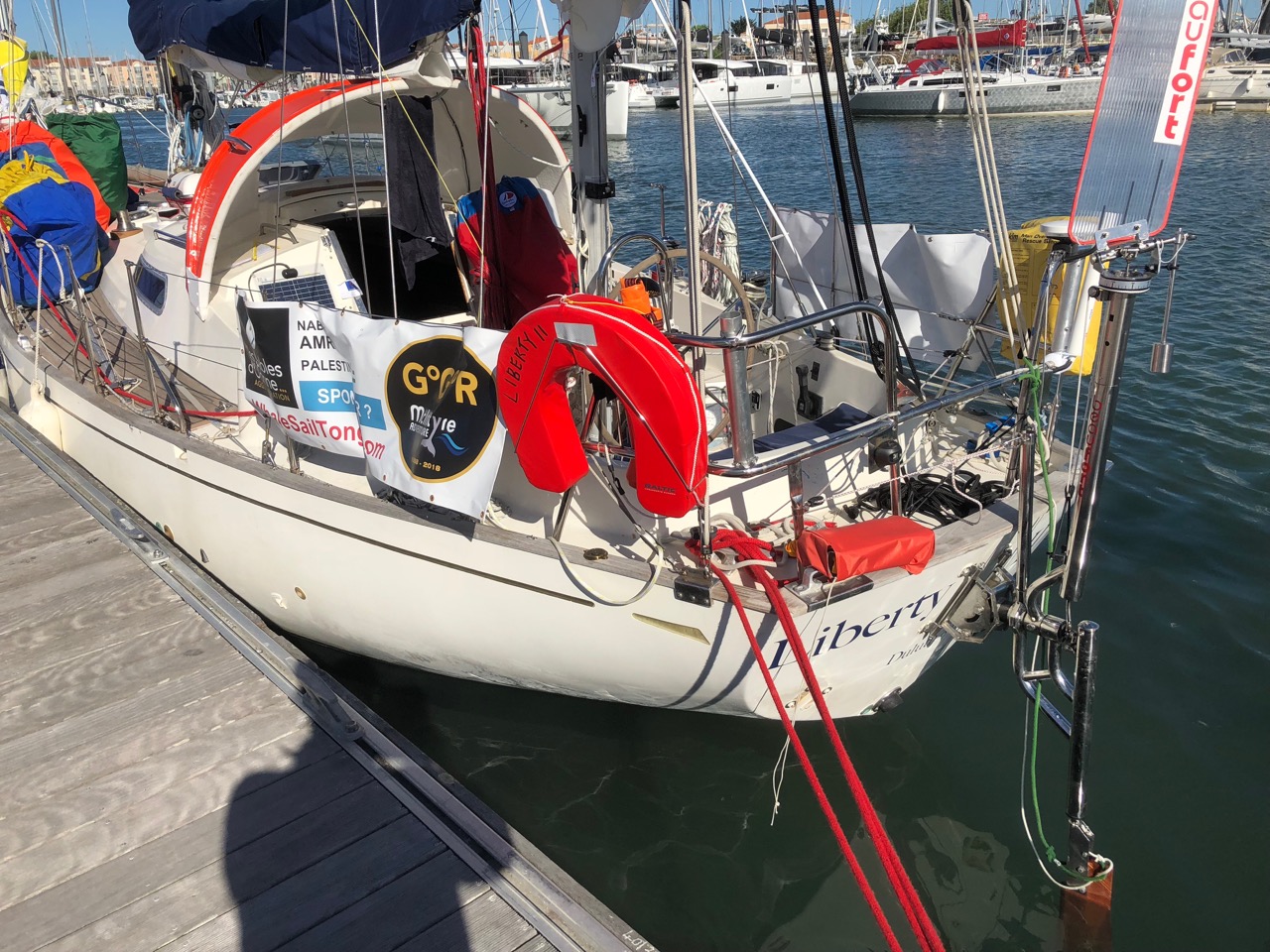
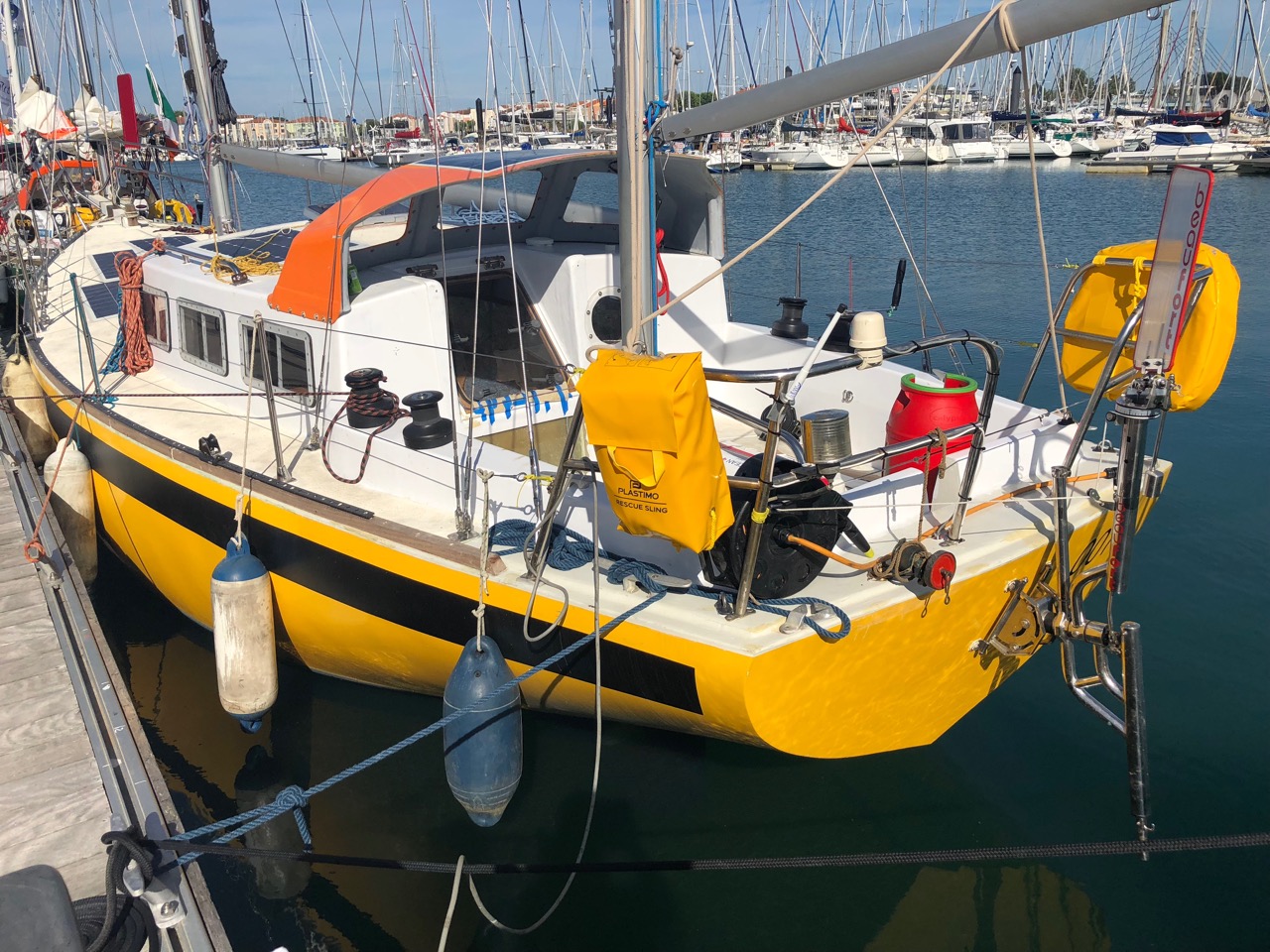
What is anyone up to speed with the state of the market today to think when the presenter argues, in a public forum (albeit from what looks like a very comfortable sofa), that a Beaufort Lynch (a Windpilot clone) is perhaps not strongly built enough for the GGR boats and that it might have been better to go for the Beaufort Orion model (a Monitor clone, no less)? What a way to slight three manufacturers in one sentence! For the record, all three of the Beaufort Lynch units that started the race failed within the first few thousand nautical miles: Nabil Amra retired into Lanzarote, Philippe Péché into Cape Town and Francesco Cappelletti is currently heading for sanctuary in Brazil.
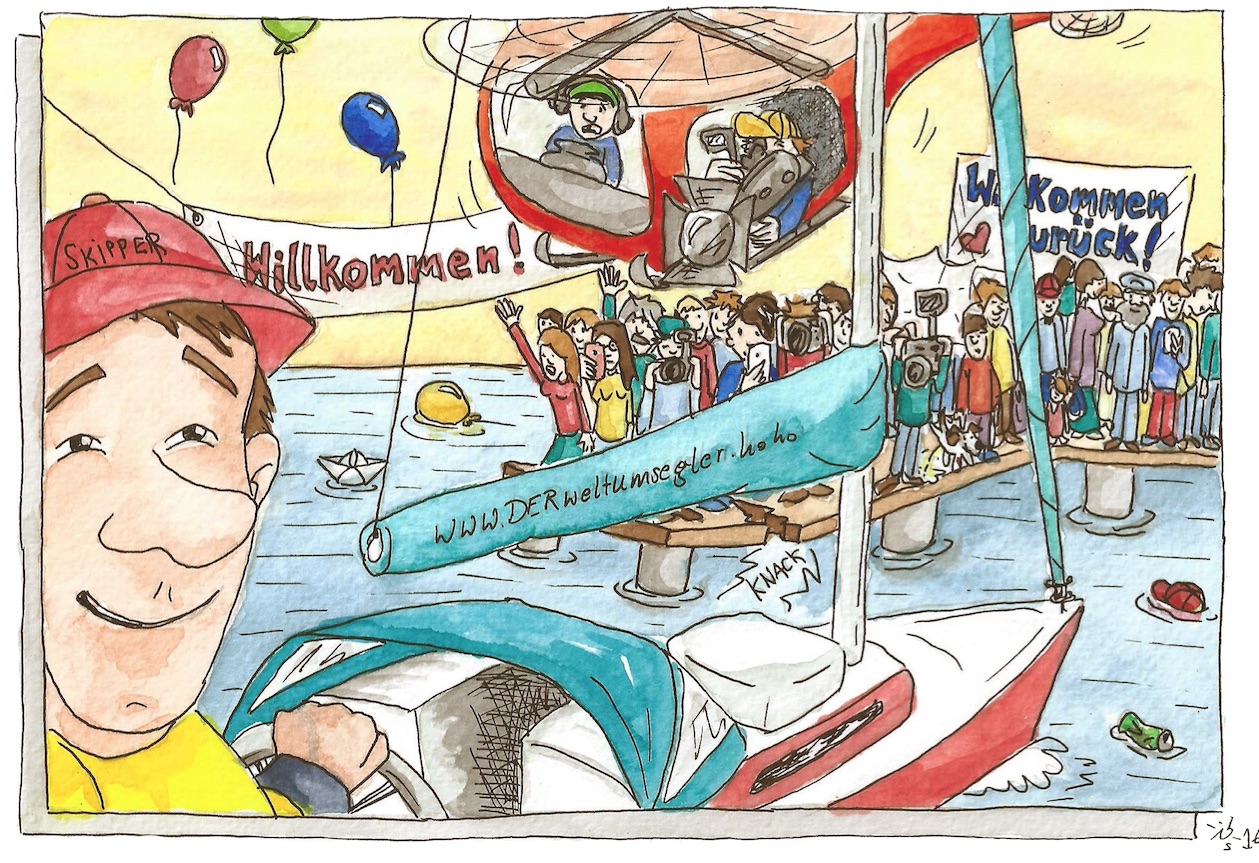
If the fleet continues to shrink like this (as the organiser openly suggests it will) and only a handful of heroes actually make it back to France non-stop and unassisted, let us hope the incidents and accidents that seem set to dominate the headlines between now and then are limited to boats and equipment and that all of the race’s retro-athletes emerge unscathed.
That the GGR 2018 is a tough test of equipment goes without saying, but I consider it a step too far to call it the ultimate test: surely it is much more likely to be a skipper’s mental strength, sailing skills and ability to maintain and repair vital components at sea that will determine who returns to Les Sables in triumph.
A hefty dose of good luck wouldn’t do any harm either,
concludes
Peter Foerthmann
https://windpilot.com/blog/en/columns/peter-the-market/competition/intrigue-and-copycats/
































